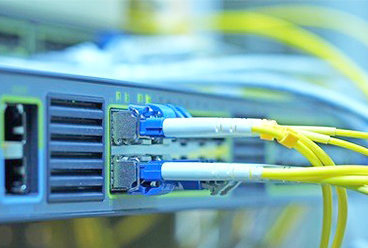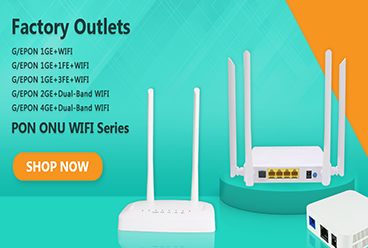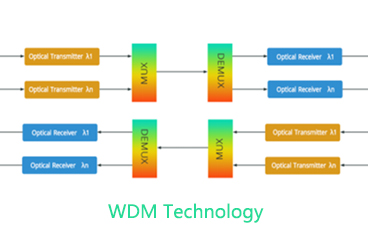An Optical Time Domain Reflectometer (OTDR) is an essential tool used in the fiber optics industry for testing the integrity of fiber optic cables. It functions by sending a series of optical pulses into the fiber and then measuring the light scattered back along the fiber. The OTDR provides a detailed picture of the fiber optic link, including the distance, loss, and faults such as breaks or bends in the fiber.
Key Features of an OTDR
Dynamic Range: This measures the OTDR’s ability to detect signals over long distances. A higher dynamic range allows for better detection of faults in long fiber runs.
Dead Zones: These are the regions where the OTDR cannot detect events or faults accurately. There are two types:
Event Dead Zone: The minimum distance between two reflective events that can be distinguished.
Attenuation Dead Zone: The minimum distance after a reflective event where the OTDR can detect non-reflective events.
Wavelength: Common wavelengths are 1310 nm and 1550 nm for single-mode fibers, and 850 nm and 1300 nm for multimode fibers. Choose an OTDR that supports the wavelengths used in your network.
Pulse Width: This affects the OTDR’s ability to measure longer distances and its resolution. Shorter pulse widths provide better resolution but lower dynamic range, while longer pulse widths increase the dynamic range but reduce resolution.
Measurement Time: The time it takes for the OTDR to complete a measurement can vary. Some OTDRs offer faster measurements at the expense of accuracy.
User Interface and Software: Modern OTDRs come with sophisticated software and user-friendly interfaces. Features like touchscreens, automated analysis, and connectivity options can enhance usability.
How to Choose the Right OTDR
Define Your Needs: Determine the primary use of the OTDR. Is it for installation, maintenance, or troubleshooting? Understanding your specific requirements will guide your choice.
Consider the Fiber Type: Ensure the OTDR is compatible with the type of fiber you are working with (single-mode or multimode).
Evaluate the Distance and Complexity: For long-distance networks or complex installations with many connectors and splices, a high dynamic range and good resolution are critical.
Budget Constraints: Balance the features you need with your budget. While advanced OTDRs offer more capabilities, they come at a higher cost.
Portability and Durability: For field use, consider a compact, lightweight, and rugged OTDR that can withstand harsh environments.
Support and Training: Look for manufacturers that offer good customer support and training resources. Understanding how to use the OTDR effectively is crucial for accurate measurements.
Future Proofing: Consider future network expansions. An OTDR with more features and capabilities might be a better long-term investment.
Sopto Technology’s most popular OTDR model currently
Model 1 SPTK-3302SJ : OTDR Two Wavelengths-SM 1310/1550nm Maximum dynamic range 24dB/22dB

Model 2 SPTK-3302F-SM: Handheld OTDR Two Wavelengths-SM 1310/1550nm Maximum dynamic range 32/30dB
Model 3 SPTK-3302F-SM2: Handheld OTDR Three Wavelengths-SM 1310/1550nm/1625nm Maximum dynamic range 37/36/37dB

If you are interested in these models, please feel free to contact us, Email: [email protected], whatsapp: https://wa.me/+8618688759008/
Choosing the right OTDR involves a careful consideration of your specific requirements and the features offered by various models. Investing in the right tool will ensure accurate diagnostics and maintenance of your fiber optic network.
Tags : OTDR, fiber optic cable, Optical Time Domain Reflectometer
— END —
























